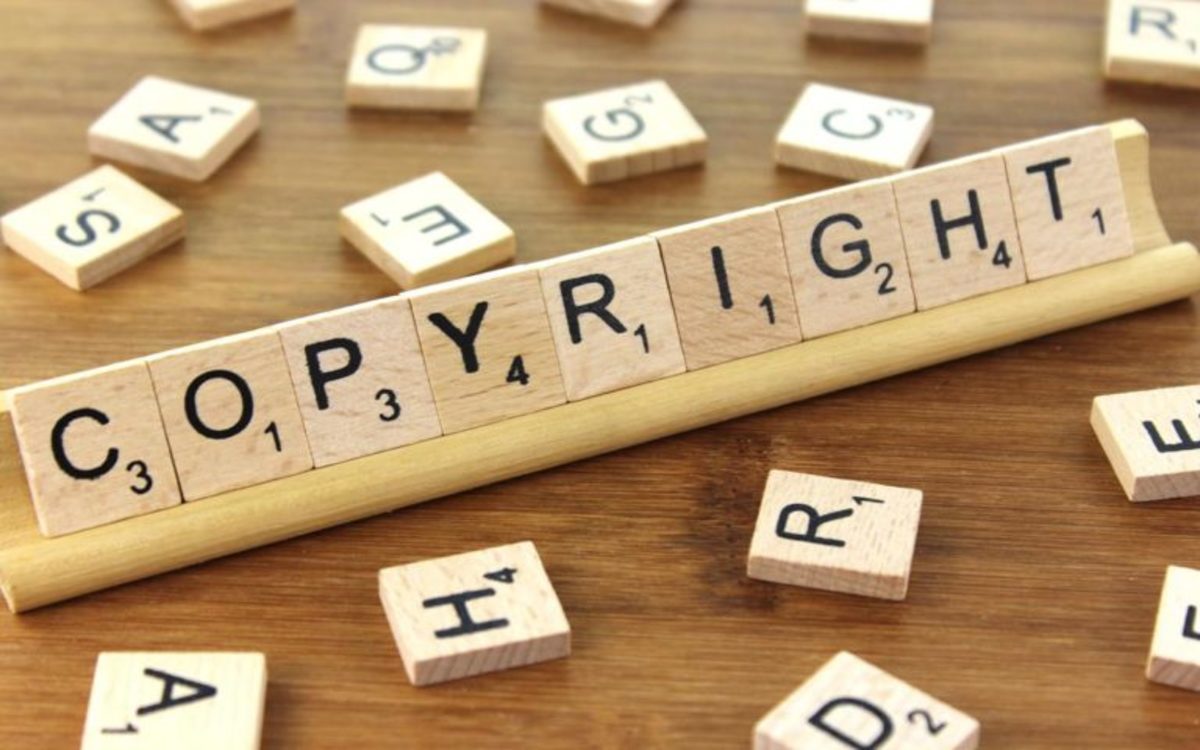Registering a copyright in China is one thing. But will you be able to prove it if it’s challenged?
Registering your copyrights in China is an essential part of any IP protection plan. But when you’re trying to enforce your rights, how do you prove what you have registered? A copyright registration certificate merely identifies a creative work by its name and the type of work.
If you have registered a work that is typically identified by name (e.g., a movie, a song, or a book), a copyright registration certificate may be sufficient for a takedown request on e-commerce sites. But if you’ve registered something that is less identifiable by name (e.g., a doll, a graphic design, or a work of art), a certificate alone probably won’t be enough.
Anti-infringement teams are not going to conduct independent research on your products or Google your company. All they care about are government-issued documents showing IP ownership. Consider how straightforward the infringement analysis is when based on a trademark certificate: (1) does the allegedly infringing item bear the mark listed on the certificate, and (2) is the item similar to the goods listed on the certificate? You need to make it that easy when you’re requesting action based on a copyright infringement.
Happily, there is a solution.
What some e-commerce sites request – and what China Customs requires – is an “authenticated search result” for each copyright at issue. This search result, duly stamped by the Copyright Protection Center of China (CPCC), includes both the copyright registration certificate and images of the creative work. You can’t request it until your copyright has been registered, but for certain works — especially works that are easily identified upon visual inspection but not by name — it’s essential.
— This article originally appeared on China Law Blog.






